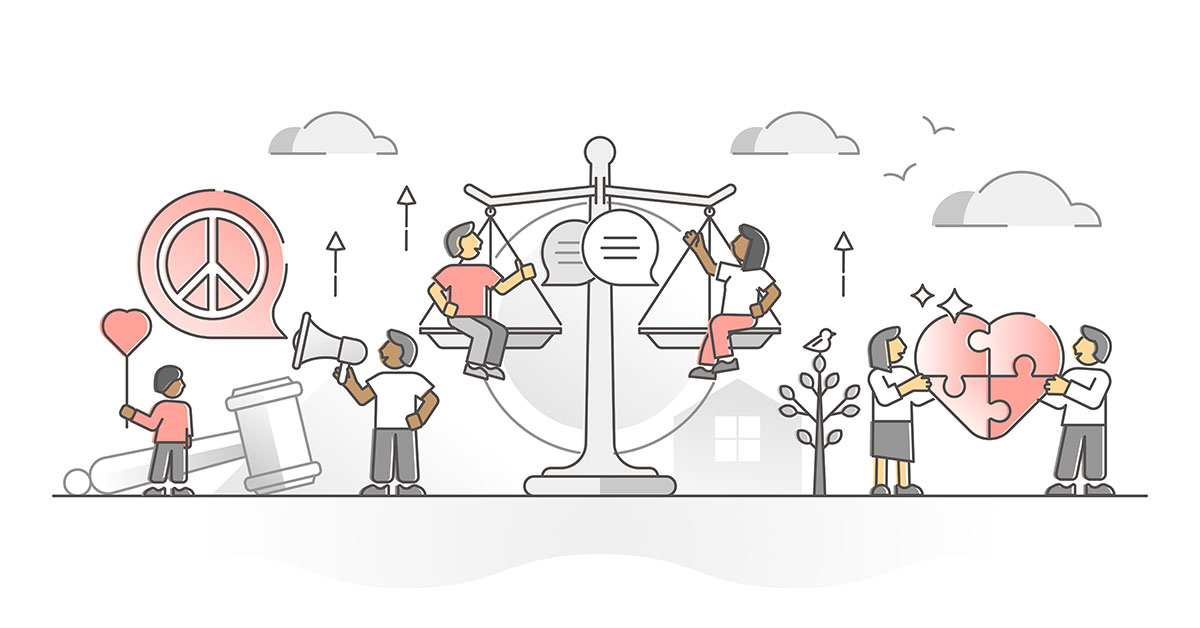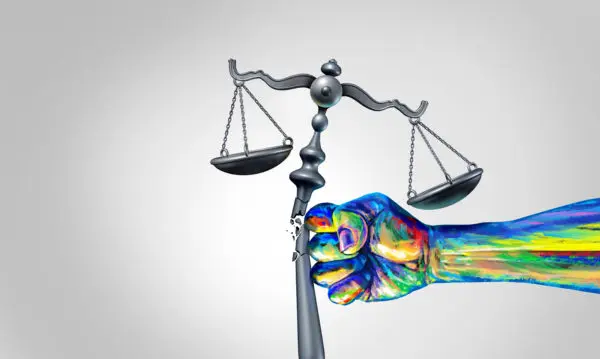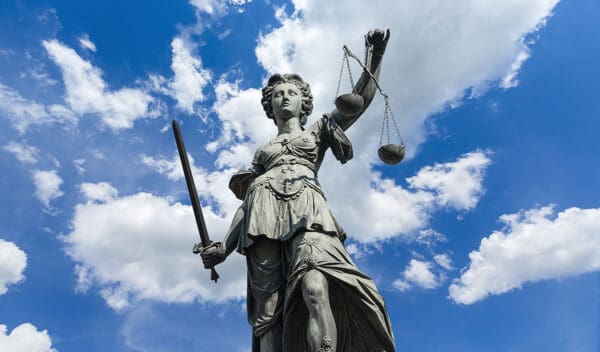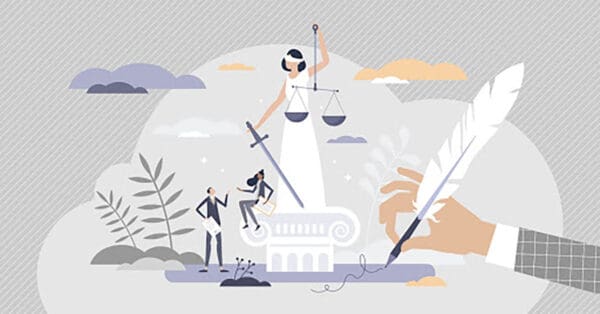Imagine if you can: the year is 1969. Psychedelic drugs have become popular among young people as a way to explore new ideas and artistic expression — and to transcend reality. The Vietnam War has been going on for years, and there is no end in sight. College students are protesting the war, demanding that it be ended immediately; members of the armed forces are coming back from service with horrific stories of what they witnessed overseas, many return with opioid dependencies; parents are scared to let their children go out into a world that seems so unpredictable. The Civil Rights Movement, the Environmental Movement, the American Indian Movement, and the Feminist Movement all were underway, and social order seemed entirely uncertain.
In the early 1970s, President Nixon’s administration sought to win back the popular opinion of U.S. society through a Drug War that targeted his broadest opposition: countercultural youth. Drugs have long been at odds with and divided U.S. society. But Nixon seemed more intent on waging war against people who use drugs, rather than the substances themselves.
What is the Controlled Substances Act?
The Controlled Substances Act (CSA) of 1970 is considered to be one of the most important pieces of drug policy legislation in U.S. history — and one of the most notorious. The CSA is a federal law that regulates the production, distribution, possession, and use of certain drugs determined to be dangerous.
Prior to this overarching law, drug laws were a patchwork of legislation. LSD, for example, was illegal to sell or manufacture thanks to 1966 legislation, but it was the CSA that made possession of psychedelics a federal offense. Before its passage, psychedelic drugs like LSD were widely used among students and young people, as well as cultural leaders and other members of society who wanted to explore alternative ways of experiencing reality. They were also used by therapists in clinical practice and had been researched clinically for decades.
However, the passage of the Controlled Substances Act, which classified psychedelic drugs as Schedule I substances with no medical value and a high potential for abuse or addiction, would change all that. But the Nixon administration was less worried about public health and more concerned about public opposition for the Vietnam War and the growing public support for civil rights.
The CSA was passed in 1970, and it classified drugs into five categories or schedules. Schedule I substances are considered to have a high potential for abuse, no currently accepted medical use (in the United States), and are unsafe to use even if under supervision by healthcare professionals. Schedules II-V, which includes progressively less harmful drugs and are regulated based on their potential to be abused without a doctor’s supervision (Schedule V is considered non-addictive).
With this legislation, Nixon launched the War on Drugs against the 1960’s counterculture movement. But it was not just a war against LSD and the anti-war movement; it was also against the Civil Rights Movement.
Admittedly, says Nixon’s aide John Ehrlichman, “We knew we couldn’t make it illegal to be either against the war or black, but by getting the public to associate the hippies with marijuana and blacks with heroin. And then criminalizing both heavily, we could disrupt those communities. We could arrest their leaders, raid their homes, break up their meetings, and vilify them night after night on the evening news. Did we know we were lying about the drugs? Of course we did.”
Origins of a Racist Drug War
The Drug War did not officially start until Nixon devoted federal funding and infrastructure to waging it — but every drug law up until that point was explicitly directed at minority groups who were socially and politically targeted.
For example, the nation’s oldest drug law was passed in 1875 and explicitly targeted Chinese communities while hiding behind a banner of “public health.” In the early 20th century, cocaine and marijuana laws were accompanied by racist propaganda to scare people and stoke social tensions. By pitting community members into paranoia and distrust, the government was able to pass draconian laws that were otherwise unpopular. By blaming cocaine and opium use on jazz music and Black communities, the media created a moral panic that pressured Congress to pass The Harrison Narcotics Act.
In 1914, Congress passed the Harrison Narcotics Act prohibiting any non-medical use of cocaine and opium without first obtaining an expensive prescription from licensed doctors — which effectively criminalized marginalized communities where these drugs had been used for years, if not centuries as part of traditional medicine practices.
In 1924 when the prohibition of alcohol was underway with widespread moral panic behind it, Congress passed the Anti-Heroin Act and outlawed the importation and possession of opium for manufacturing heroin. This was an amendment to the 1909 Smoking Opium Exclusion Act that targeted Chinese communities where opium has been used medicinally for millennia. These punitive types of drug war tactics would continue throughout the 20th century until Nixon’s presidency escalated exponentially by making psychedelic substances such as LSD Schedule I drugs.
How to End the War on Drugs
After people experience psychedelic therapy’s benefits and learn about the history of the drug war, they often wonder — need it continue? Many people who see the value of psychedelic medicine might agree there must be another way to handle the real health risks of drug use while also honoring peoples’ rights as humans and citizens of the United States. The current legal situation does not effectively support psychedelic healing or people experiencing chaotic drug use of any kind. Instead, it denies evidence-based research and exacerbates the problems that contribute to drug misuse globally.
When President Nixon passed the Controlled Substances Act in 1970, drugs were classified into five categories: Schedule I to 5. DEA Scheduling determines the level of criminal conviction, including fines, incarceration, and even forcible rehab, often at contracted facilities that are notorious for safety and ethics violations. Mandatory minimum sentencing was enacted, and amendments to the CSA and various crime bills have all continued to target Black communities and build jail cells. At the same time, a private prison industry took hold during the Regan and Clinton administrations, with great support from now-President Biden.
Today, the United States is the most heavily incarcerated nation, with Black men and their families bearing the brunt of police targeting. In a drug war where rates of use are similar, Black Americans are 2.7 times more likely to be arrested for drug-related offenses. Just as young people and students were demanding an end to the Vietnam War 50 years ago, they are now demanding an end to the drug war — not just for psychedelics but also for all drugs.
Oregon was the first state to decriminalize drug possession in 2020, dropping the crime from a criminal offense to a reduced fine, a move that Kassandra Frederique, Executive Director of the Drug Policy Alliance, called the first domino to fall in the “cruel and inhumane war on drugs.” That same election, Oregon passed a measure to develop a psilocybin-assisted therapy program. These measures were passed simultaneously, not through a unified campaign, and because these are only state laws, and federal laws still technically apply.
Even after psychedelic therapy is legalized, this form of healing will only be available to people who have access to licensed healthcare — many people will continue to seek psychedelics through underground markets and healers. Of these, many will still fall into the criminal justice system. But only if these prohibitive drug laws are still in place. Addressing mandatory minimums, bail, family separation, asset forfeiture, and other prominent issues in the criminal justice system will help, but ultimately, an entirely different approach to drugs is necessary at the federal level.
While rescheduling will open up research opportunities, it will not prevent people who use drugs from falling into the criminal justice system’s cycle of violence. LSD, MDMA, and naturally growing psychedelics will still be subject to criminal law. On one hand, advocates of psychedelic therapy may be eager to simply re-schedule some psychedelic drugs from Schedule 1. On the other, many people prioritize efforts to end the drug war outright. Part of healing the mental health crisis in the United States includes addressing the sources of trauma and suffering that perpetuate cycles of chaotic drug use. Replacing the “war” on people who use drugs with resources and evidence-based communal support is sure to transform our collective society.
Can Psychedelics Be Used Safely?
Despite the drug war, innovation and compassion have combined to create practical solutions imagined by the people who are at the front lines of the drug war.
Psychedelic drugs can be used responsibly, safely, and sensibly, whether at home, in a therapist’s office, or even at a festival with harm reduction support staff on hand. Because people have been using psychedelic drugs safely for many generations, even in U.S. culture, the harm reduction principles and social sanctions of use have been normalized among communities who seek these altered states of experience. With collaborative care and modern technology as new additions to the conversation, the question of what to do about dangerous drugs and society can finally be revisited.
Drug testing kits are common these days, and people can verify their drugs’ contents to avoid an unwanted overdose or interaction. When a dangerous adulterant is discovered, the information is quickly disseminated through trusted networks. Often, the source is isolated and confronted by community members, without the need for the police to intervene. “Rangers” and “Guides” serve as dedicated stewards at events, watching out for friends and supporting them emotionally and physically during their trip. Medical staff are often on-site at events, as are mental health professionals who can intervene in the case of an emergency.
People who prefer to be sober, also referred to as “unaltered,” volunteer in groups to walk around for hours at festivals in order to hand out water and check that everyone is doing well or has support, snacks, and sleep. Naloxone or Narcan is widely available in the event of accidental opioid overdose from an adulterated psychedelic, not to mention apps that connect people who use drugs with immediate support, supervision, and follow-up care. A post-prohibition future for psychedelics is emerging. As it does, many also envision a simultaneous transformation in drug laws, from punitive measures and criminality, to public health and liberty.








